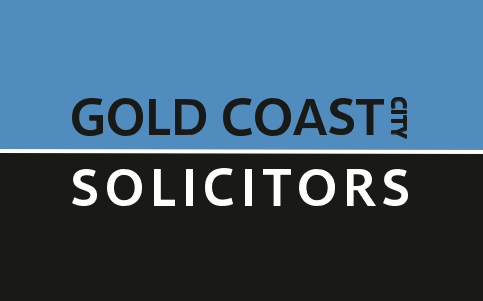In Queensland, the question of who pays for conveyancing in a property transaction is structured by both statutory requirements and standard practice within the state. Conveyancing, the legal process of transferring property from one party to another, incurs various fees and costs, from legal advice to title searches and the preparation of necessary documents. Understanding who bears these costs in Queensland requires a detailed examination of the roles of both the buyer and the seller within this process.
Buyer’s Responsibilities
In Queensland, the buyer typically bears the brunt of the conveyancing fees. This is because the buyer’s conveyancing process is more involved and comprehensive, necessitating a range of searches and checks to ensure the property is legally clear and suitable for purchase. These costs can be broken down as follows:
Search Fees
The buyer is responsible for the costs of various searches, such as title searches, land tax searches, and flood reports, among others. These searches are crucial for revealing any issues that might affect the property’s value or the buyer’s ability to use the property as intended.
Legal Fees
These are the fees paid to a solicitor or conveyancer for their professional services. The buyer’s conveyancer will review the contract of sale, conduct necessary searches, liaise with the seller’s conveyancer, and ensure the legal transfer of the property.
Stamp Duty
Although not a conveyancing fee per se, it’s important to note that the buyer is also responsible for paying stamp duty, which is a tax levied on property transactions. The amount varies depending on the property’s value.
Seller’s Responsibilities
The seller’s conveyancing responsibilities are generally less extensive than those of the buyer, focusing mainly on the preparation and provision of legal documents necessary for the sale. These documents include the contract of sale and the vendor’s statement, which discloses specific details about the property to the buyer. The seller’s conveyancing fees typically cover:
Preparation of Legal Documents
The fees for preparing the contract of sale and the vendor’s statement, which must be provided to the buyer.
Legal Fees
Similar to the buyer, the seller will also incur fees for legal advice and services related to the sale. This includes negotiations with the buyer’s conveyancer and ensuring that all legal obligations are fulfilled for the transfer of ownership.
Negotiating Conveyancing Fees
While the above outlines the standard responsibilities for conveyancing fees in Queensland, it’s important to note that the specifics can vary based on the agreement between the buyer and the seller. In some transactions, the parties may negotiate terms that differ from the norm. For example, a seller eager to finalise a sale may agree to cover some or all of the buyer’s conveyancing fees as an incentive.
In Queensland, the conveyancing process and the associated fees are a significant part of property transactions, with both the buyer and the seller incurring costs. Typically, the buyer is responsible for the bulk of the conveyancing fees due to the comprehensive nature of the checks and searches required. However, the seller also incurs costs, primarily related to the preparation of legal documents and legal advice. The exact distribution of these fees can be subject to negotiation between the parties involved. It is advisable for both buyers and sellers to engage with professional conveyancers or solicitors to navigate these complexities efficiently and ensure that their interests are adequately protected throughout the transaction.
Understanding the specific details of conveyancing costs and responsibilities in Queensland necessitates consulting with a legal professional or conveyancing expert, particularly because these costs can vary not only by transaction but also by changes in legislation or practice within the state.




